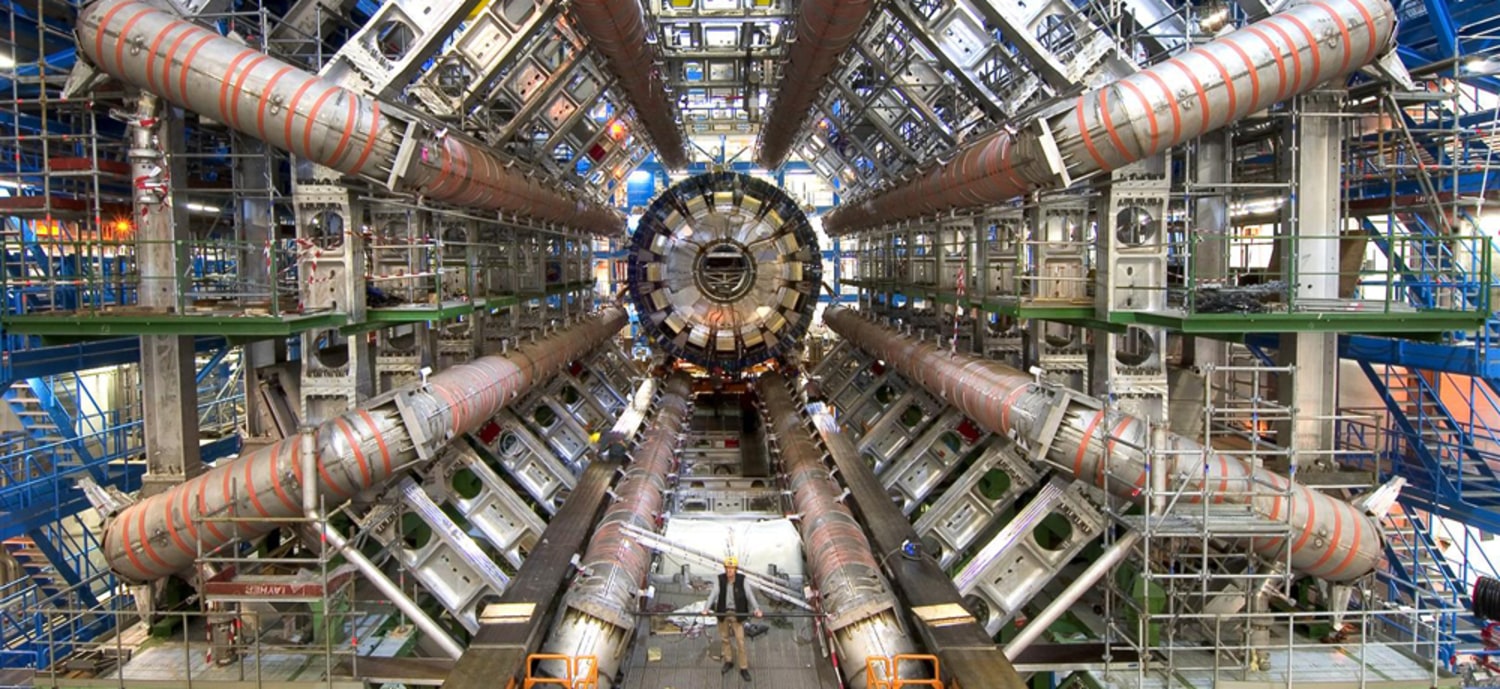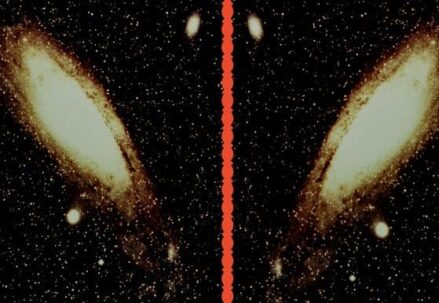CERN’s Large Hadron Collider (LHC), the pinnacle of particle acceleration, stands as humanity’s foremost experimental marvel. Initially crafted to mimic the conditions of the Big Bang, its core mission remains unraveling the fundamental mysteries of existence. However, amidst this pursuit, an unforeseen possibility has emerged—time travel.
Exploring the LHC’s Purpose
The LHC, designed to replicate primordial conditions, seeks answers to our origin and composition. Yet, researchers have stumbled upon a prospect far more tantalizing: the prospect of time manipulation. Physicists Thomas Weiler and Chui Man Ho propose a radical notion—that this colossal atom smasher could inaugurate time travel.
The Large Hadron Collider (LHC) is a colossal particle accelerator situated at CERN, the European Organization for Nuclear Research. Its primary purpose is to probe the fundamental building blocks of the universe and explore the basic forces that govern their interactions.
Here are some key aspects of its purpose:
- Fundamental Particle Exploration. The LHC accelerates particles—protons or heavy ions—close to the speed of light and smashes them together. These collisions generate conditions similar to those just after the Big Bang, allowing scientists to study the resulting particles and interactions. It helps in the search for new particles predicted by theories like the Higgs boson;
- Higgs Boson Discovery: One of its most famous achievements was the discovery of the Higgs boson in 2012. This particle helps explain why other particles have mass, contributing significantly to the Standard Model of particle physics;
- Unraveling Mysteries: Scientists use the LHC to explore unanswered questions in physics, such as the nature of dark matter, extra dimensions, and the imbalance between matter and antimatter in the universe;
- Technology and Collaboration: The LHC is not just a scientific marvel but also an engineering feat. Its operation involves thousands of scientists, engineers, and technicians from around the world, fostering collaboration and technological advancements;
- Practical Applications: While the primary focus is on fundamental science, the technologies developed for the LHC often have practical applications. For instance, medical imaging and treatment techniques have benefitted from advancements in particle detection and control systems.
Ongoing experiments at the LHC continue to push the boundaries of our understanding of the universe. Its upgrades and future iterations aim to delve deeper into unknown realms of physics. The LHC’s purpose extends far beyond just particle collisions—it’s a gateway to exploring the fundamental nature of reality and the cosmos.
The Enigma of Higgs Boson
The pursuit of the elusive Higgs Boson, the enigmatic particle that bestows mass upon matter, initially drew scientists to the LHC. Its confirmation provided a critical link to the Big Bang’s origins, solidifying its theoretical existence. But beyond this revelation lies an even more intriguing concept—the Higgs singlet, predicted to manifest alongside the Boson.
The Theory Unfolds
Weiler and Ho’s theory posits that these singlets, unbound by conventional physical laws, might transcend into a fifth dimension. In this realm, they could traverse time—backward or forward—resurfacing at different epochs. This proposal, rooted in M-theory’s exploration of dimensions, redefines the boundaries of possibility.
The Potential of Time Travel:
The allure of this approach to time travel lies in its avoidance of classic paradoxes. While restricted to specialized particles, the prospect emerges to transmit messages across time, rather than physical human travel. Controlling the creation of Higgs singlets could unlock the doorway to communication across temporal boundaries.
Towards a New Frontier
Scientists eagerly anticipate monitoring the LHC for traces of Higgs Singlet particles and their correlation with the Higgs boson. Success in this endeavor could enable the retroactive appearance of these particles, offering a glimpse into the realm of time manipulation. This potential marks the LHC as a potential gateway to a domain previously reserved for the realms of science fiction.
Conclusion
In the grandeur of the LHC lies the potential to transcend the boundaries of time. While this prospect evokes wonder and excitement, it remains an ambitious scientific pursuit, challenging our understanding of the universe’s fabric. The journey towards unlocking time’s secrets continues, with the LHC serving as our conduit to an uncharted frontier.





